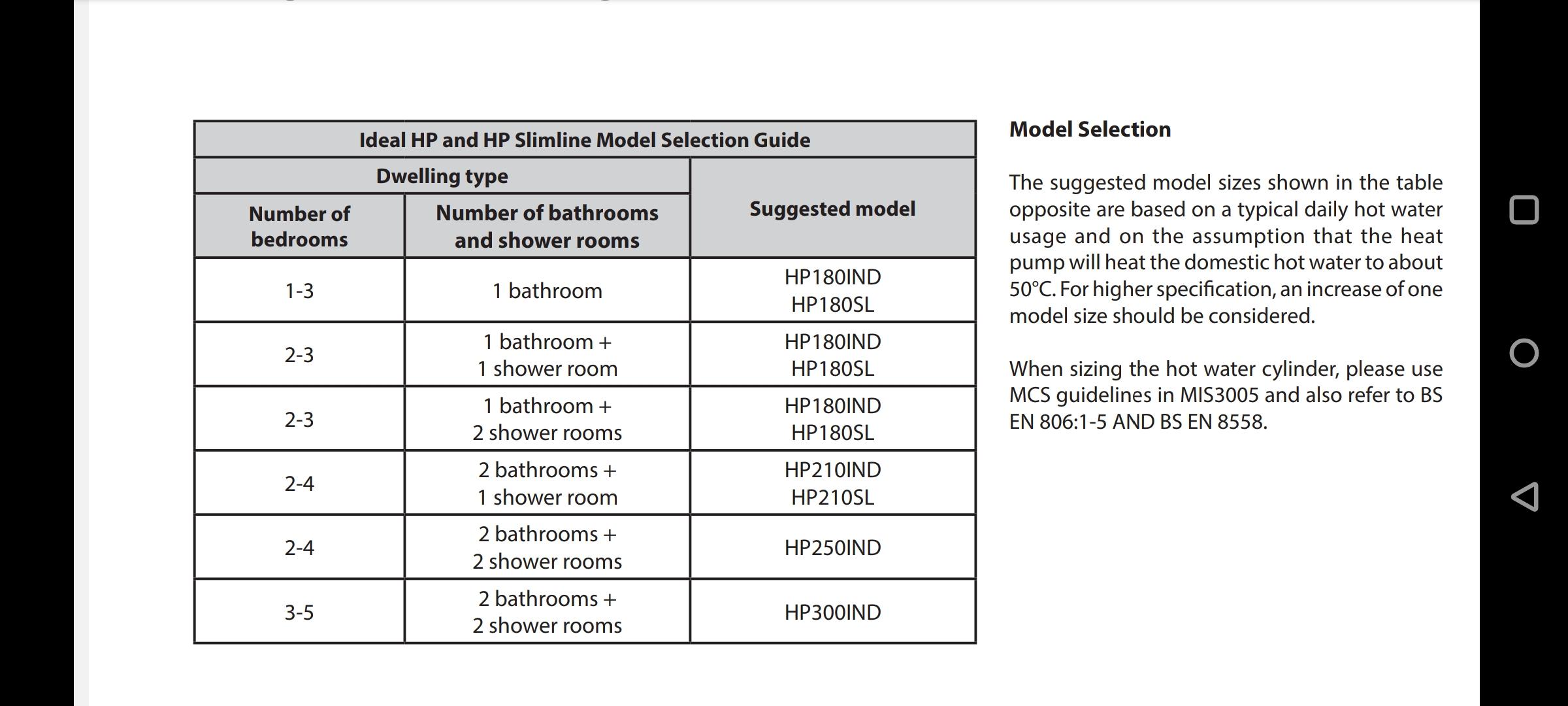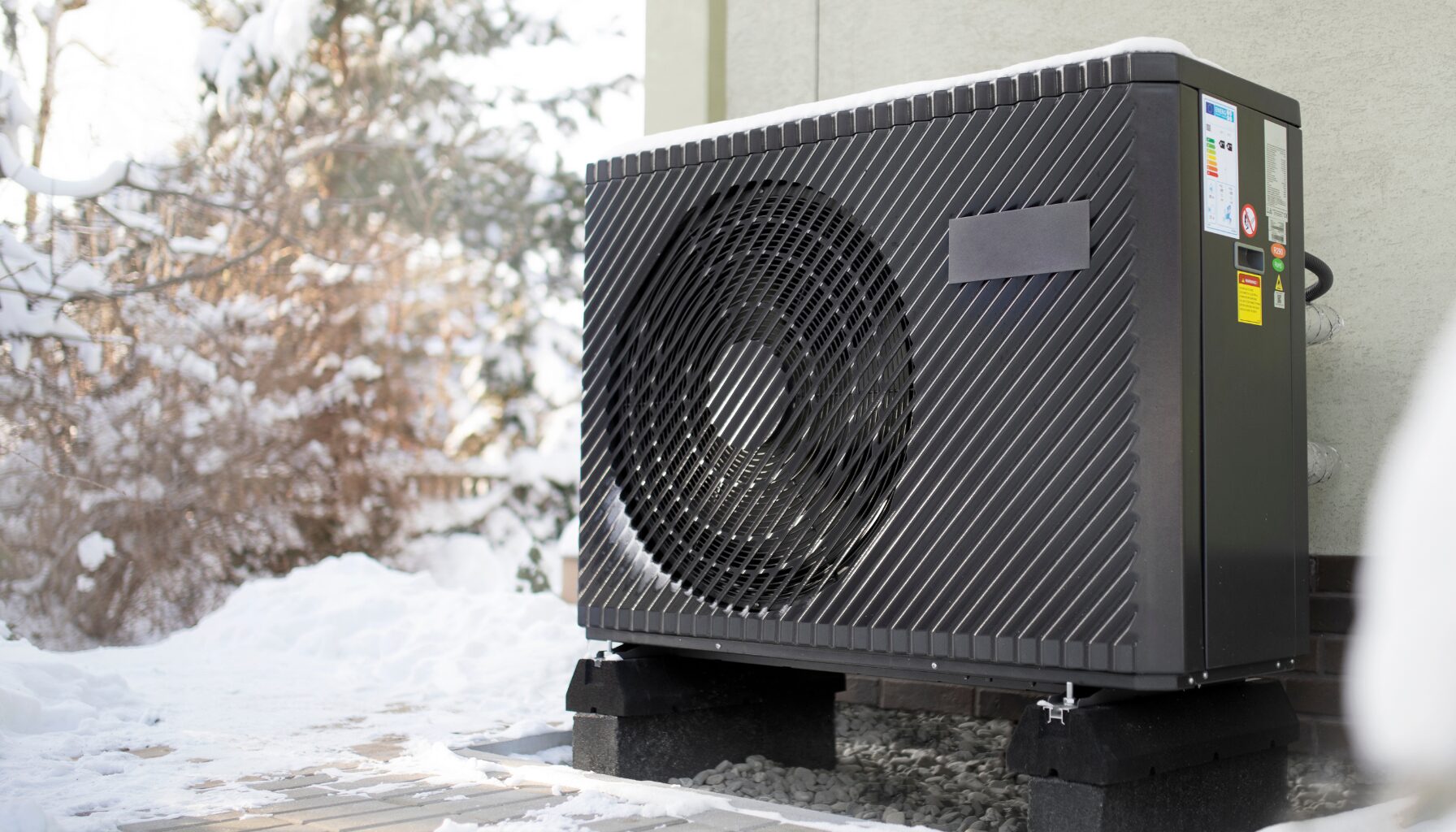Which ever way it makes more sense having a large surface area of pipe in the cylinder to dissipate more heat and the maximum valocity shouldn’t go above 1m/s.
If I understand correctly the flow rate is directly related to the velocity and therefore also determines the pipe size dimensions. Otherwise the HyTool is wrong and as it’s used by plumbers all over the world I don’t think that is the case.
So if dT and energy is used to calculate flow rate this also impacts the velocity of the water in m/s.
If I understand correctly the flow rate is directly related to the velocity and therefore also determines the pipe size dimensions. Otherwise the HyTool is wrong and as it’s used by plumbers all over the world I don’t think that is the case.
So if dT and energy is used to calculate flow rate this also impacts the velocity of the water in m/s.
Last edited:



